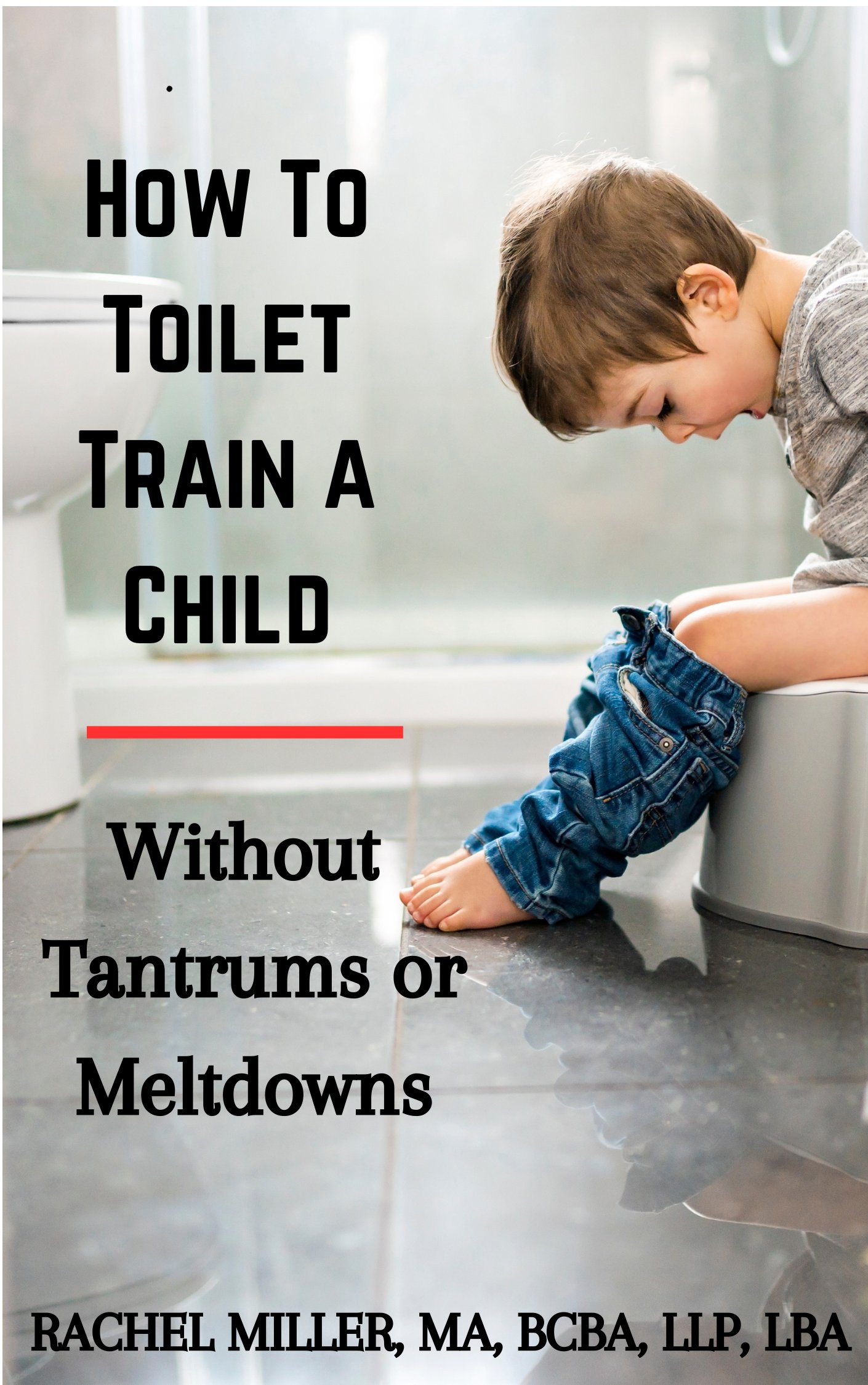Understanding Olfactory Dysfunction:
A Sensory Processing Perspective

Olfactory dysfunction refers to challenges in processing smells, either through hypersensitivity, reduced sensitivity, or excessive sensory seeking of odors. This dysfunction is often seen as part of Sensory Processing Disorder (SPD), where the brain has difficulty organizing and responding appropriately to sensory input. Children and adults who experience olfactory dysfunction may either avoid smells they find overwhelming or, on the opposite end, may actively seek out scents in ways that can feel socially unusual.
Olfactory difficulties are especially common in individuals with autism spectrum disorder (ASD), fragile X syndrome, or other developmental conditions where sensory regulation is affected. When olfactory dysfunction is present, it is usually accompanied by other forms of sensory challenges such as tactile defensiveness, auditory processing issues, or vestibular difficulties.
Recognizing Signs of Olfactory Dysfunction:
For parents, caregivers, and educators, recognizing olfactory dysfunction early can help improve social experiences, safety, and overall quality of life. Children with this sensory challenge often display noticeable behaviors such as:
- Constantly sniffing food, objects, or even people.
- Avoiding environments with certain smells, such as kitchens, bathrooms, or houses with pets.
- Becoming upset or distressed by perfumes, cleaning supplies, or natural odors.
- Using smell as a way to judge people, situations, or whether an activity feels safe.
In my own professional experience, I have worked with individuals who frequently attempted to smell hands during a handshake, sniffed a sibling’s dirty diaper, or leaned in too closely to another person in an effort to smell them. While these actions may seem inappropriate or uncomfortable for others, they are often a direct symptom of olfactory dysfunction rather than intentional misbehavior.
Categories of Olfactory Dysfunction

Olfactory dysfunction can manifest in different ways depending on how the nervous system processes smells. The three main categories include:
A. Hypersensitivity of the Olfactory Sense
When the sense of smell is overly acute, everyday scents can feel overwhelming. Symptoms may include:
- Strong aversion to odors that most people barely notice.
- Frequently telling others they “smell bad.”
- Refusing certain foods solely because of their smell.
- Irritation caused by perfumes, colognes, or lotions.
- Discomfort from common household or cooking odors.
- Avoiding playdates or activities at friends’ houses due to how the environment smells.
- Forming opinions of others—whether positive or negative—based on scent alone.
B. Hyposensitivity of the Olfactory Sense
In other cases, the olfactory system is under-responsive. A child or adult may not notice smells that typically serve as warnings or cues. Symptoms include:
- Inability to detect unpleasant or hazardous odors.
- Greater risk of ingesting spoiled food or toxic substances.
- Difficulty recognizing foods, scratch-and-sniff stickers, or scents in the environment.
- Limited awareness of personal hygiene smells.
C. Sensory-Seeking Olfactory Behavior
Some individuals actively seek out strong smells to regulate their sensory systems. This may look like:
- Excessive sniffing of objects, people, or places.
- Using smell as the primary way to interact with the world.
- Strong preference for environments with noticeable odors (e.g., kitchens, bathrooms, candle shops).
- Repeatedly smelling toys, clothing, or even other people.
Social and Emotional Impact
Olfactory dysfunction does not just affect sensory processing—it also influences social interactions and self-esteem. For instance, when a child tries to smell another person during a handshake, the behavior can feel invasive or confusing. Similarly, a child who loudly comments on someone’s body odor or refuses to eat with the family due to cooking smells may unintentionally create tension in relationships.
Additionally, hypersensitivity to perfumes or colognes can trigger strong emotional responses. What may seem like a small issue to others can result in a meltdown or temper tantrum for a child with SPD, especially if they cannot escape the overwhelming odor.
Because of these social challenges, it is often recommended that people interacting with individuals who have olfactory dysfunction avoid wearing strong perfumes or scented products. This small adjustment can prevent unnecessary distress and foster more positive interactions.
Treatment and Support for Olfactory Dysfunction
Like other forms of sensory processing disorder, olfactory dysfunction is best addressed with individualized strategies tailored to the person’s needs. Treatment may include:
Occupational Therapy
An occupational therapist can design a sensory diet—a personalized plan that helps balance sensory input throughout the day. This may include structured activities, exposure to controlled scents, or alternative coping mechanisms to reduce distress.
Environmental Modifications
Simple adjustments in the home or classroom can make a big difference. Examples include using unscented cleaning products, avoiding strong perfumes, and being mindful of cooking odors. Creating “safe scent zones” can help children regulate themselves without becoming overwhelmed.
Behavioral Support
Working with a behaviorist may help reduce socially inappropriate behaviors, such as smelling strangers or commenting negatively about someone’s odor. By teaching alternative coping strategies, individuals can learn to navigate social situations more effectively.
Safety Training
For those with hyposensitivity, specific teaching is needed to recognize and avoid dangerous substances. Caregivers may use visual cues, labeling, and structured routines to help ensure safety in the absence of reliable olfactory cues.
Related Smell Disorders
While olfactory dysfunction is often described in the context of sensory processing differences, medical professionals also recognize several distinct smell disorders that may overlap with or resemble SPD-related olfactory challenges. These include:
- Hyposmia – a reduced ability to smell. People with hyposmia may only detect strong odors while missing subtle scents that most others notice.
- Anosmia – the complete loss of smell. This can occur after illness, injury, or neurological conditions, but in some rare cases, individuals are born without any sense of smell (known as congenital anosmia).
- Parosmia – a distortion in how odors are perceived. A once-pleasant smell may suddenly seem rotten or unpleasant, and familiar scents may become unrecognizable.
- Phantosmia – the experience of smelling odors that are not actually present in the environment. This “phantom smell” can be distressing and is often described as smoky, chemical-like, or foul.
Although these disorders can stem from medical issues such as sinus infections, head injuries, or neurological conditions, they can significantly affect quality of life and may compound sensory difficulties for individuals already living with SPD, autism, or related disorders.
Related Sensory Processing Challenges
Olfactory dysfunction rarely exists in isolation. Many individuals also experience challenges in other sensory domains, including:
- Auditory Processing Disorder – difficulty interpreting sounds.
- Sensory Modulation Disorder – problems regulating responses to sensory input.
- Vestibular Dysfunction – balance and movement challenges.
- Proprioceptive Dysfunction – trouble sensing body position.
- Tactile Defensiveness – hypersensitivity to touch.
- Oral Defensiveness – aversion to certain textures or tastes.
- Auditory Dysfunction – over- or under-responsiveness to sound.
By understanding these overlapping challenges, caregivers and professionals can take a holistic approach to supporting the child or adult in daily life.
Final Thoughts
Olfactory dysfunction is a complex but manageable aspect of Sensory Processing Disorder. Whether it shows up as hypersensitivity, hyposensitivity, or sensory-seeking behaviors, the impact on daily life and relationships can be significant. With the right combination of therapy, environmental adjustments, and supportive strategies, individuals with olfactory dysfunction can thrive socially, emotionally, and academically.
If you suspect your child—or someone you work with—may have olfactory dysfunction, consulting with an occupational therapist is a vital first step. Early recognition and intervention can transform challenges into opportunities for growth, safety, and improved quality of life.
If you haven't already, be sure to check out my ebooks, now on Amazon!
References
1. Sensory Processing Disorders. Sensory Processing Disorder Checklist.www.sensory-processing-disorders.com. 1-16-10.
2. Kranowitz, C. S. (2005). The Out-of-Sync Child: Recognizing and Coping with Sensory Processing Disorders. New York, NY: Penguin Group.
3. National Institute of Deafness and Communication Disorders. Smell Disorders. 9-23-25.

